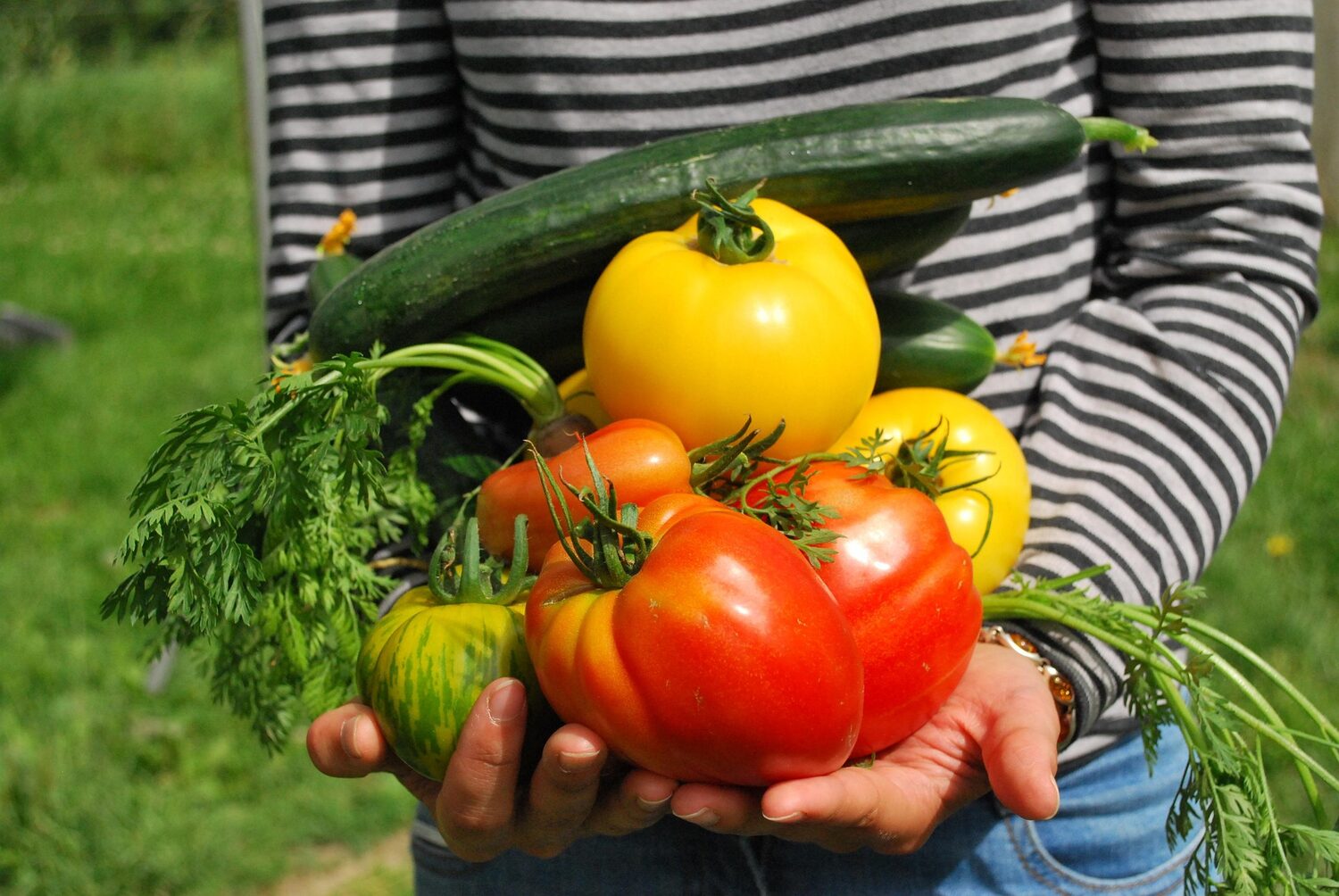When vegetable seeds refuse to sprout or produce weak, stunted seedlings, your entire garden season can crumble before it even begins. We're sharing techniques on how to germinate vegetable seeds using simple steps for consistent sprouting and maximum growth. With our vegetable seeds, you can cultivate a thriving garden filled with fresh produce.
How to Germinate Vegetable Seeds
Germinating vegetable seeds successfully involves two primary methods. First, the paper towel technique, where seeds are placed between damp paper towels in a warm environment to monitor sprouting progress. Meanwhile, direct soil germination is where seeds are planted at appropriate depths in seed-starting mix with consistent moisture and temperature control.

Both methods require attention to moisture, warmth, and timing. It’s also important to note that soil germination creates less transplant shock, while paper towel germination allows for better monitoring of germination rates. Learn how to do both seed germination methods and which one could work better for your gardening.
|
Factor |
Paper Towel Method |
Soil Method |
|
Visibility |
Can see root development clearly |
Cannot observe germination progress |
|
Speed |
Often faster germination (2-5 days) |
Slower germination (5-10 days) |
|
Contamination risk |
Lower risk of fungal issues |
Higher risk of damping-off disease |
|
Space required |
Minimal space needed |
Requires pots or seed trays |
|
Cost |
Inexpensive |
Moderate cost for soil and containers |
|
Maintenance |
Daily moisture checks are needed |
Less frequent monitoring |
|
Best for |
Testing seed viability, quick starts |
Direct sowing, larger seeds |
Step-by-Step Guide to Germinating Seeds in a Paper Towel
The paper towel method is an excellent technique for gardeners who want to observe the germination process closely, test the viability of older seeds, or give a head start to seeds that are notoriously slow to sprout.
Here are the steps for germinating seeds in a paper towel:
- Prepare materials: Collect vegetable seeds, unbleached paper towels, a plastic sealable bag or covered container, and a spray bottle with water.
- Moisten towels: Lay out 2-3 layers of paper towels and lightly dampen them with a spray bottle until they are moist but not dripping wet.
- Place and cover seeds: Arrange seeds on one half of the moist towel with adequate spacing, then fold the other half over to create a sandwich blotter to keep them moist, promoting germination.
- Seal and store: Place the folded towel in a sealable bag or covered container and store in a warm location (about 70-85 degrees Fahrenheit) away from direct sunlight.
- Monitor and transplant: Check daily for sprouting roots, which typically appear within a few days to two weeks, depending on the seed type. Then, transplant carefully.
Step-by-Step Guide to Germinating Seeds in Soil
Germinating vegetable seeds in soil allows seedlings to establish themselves in their final or semi-final growing location, reducing transplant shock and promoting continuous growth.
Here are simple steps for germinating seeds in soil:
- Prepare and fill containers: Use high-quality, sterile seed-starting mix that is moistened until it is uniformly damp yet not soggy. Fill seed trays or pots, leaving a quarter-inch space at the top, and gently firm them to remove air pockets.
- Sow seeds at proper depth: Create small depressions by placing one or two seeds per spot for adequate spacing and optimal germination.
- Cover and water carefully: Lightly cover seeds with an appropriate amount of mix, pressing fine seeds gently onto the surface. Water gently from the bottom or with a fine mist to avoid dislodging seeds.
- Create a humid environment: Cover trays with a clear dome or plastic wrap to maintain high humidity for germination. Keep containers in a warm location between 65-75 degrees Fahrenheit until the first signs of root emergence appear.
- Provide light after emergence: Remove the cover once seedlings emerge. Provide bright natural or artificial light to promote healthy growth.

Tips for Germinating Vegetable Seeds
Applying these tips for germinating vegetable seeds can significantly improve your success rate and promote a strong start for your garden.
Seed Selection
Choosing the right seeds is the foundation of successful germination and a healthy garden.
- Opt for fresh seeds from reputable sources, as older seeds may have lower viability.
- Consider heirloom varieties for unique flavors and genetic diversity, or hybrid seeds for improved disease resistance and yield.
- Read labels for any special instructions such as soaking, chilling, or scratching before planting.
Site and Soil Preparation
The success of your germinating seeds is greatly influenced by their planting environment.
- For starting seeds indoors, select a location that provides consistent warmth and access to light.
- If planting directly outdoors, choose a site with appropriate sunlight exposure for the vegetable type.
- Prepare loose, well-draining soil with compost to provide nutrients and improve aeration.
Moisture and Temperature Control
Maintaining optimal moisture and temperature can also initiate the germination process.
- Consider using a heat mat for consistent warmth.
- Cover seed trays with clear plastic tops or plastic wrap to hold in heat and moisture, then remove the cover once you see sprouts.
- Find the right seed germination temperature for your particular vegetable sprout.
Sunlight and Air Circulation

Light supports the initial germination of most seeds, while air circulation prevents fungal diseases.
- Place indoor trays by a sunny window or under grow lights for up to 16 hours a day.
- Outside, choose spots that receive steady sunlight but are not exposed to harsh afternoon glare.
- Space your trays or outdoor rows so air can flow around the seedlings, and use a small fan to improve air movement.
Related Questions
Should I Transplant or Directly Sow Germinated Vegetable Seeds?
The choice between transplanting seedlings and direct sowing seeds depends on the specific vegetable and its sensitivity to root disturbance. Transplanting is helpful for crops that need a head start inside or have long growing seasons, such as tomatoes and peppers. Direct sowing works best for vegetables like carrots and peas that dislike root disturbance and grow quickly once planted outdoors.
How Do You Speed Up Seed Germination?
To speed up seed germination, provide optimal conditions for warmth, moisture, and aeration that are consistently provided. Techniques, like scarification or seed stratification, for specific seeds, along with using a heat mat, can also significantly accelerate the sprouting process.
Why Do Seeds Sometimes Fail to Germinate?
Seeds often fail to germinate due to improper environmental conditions such as inadequate moisture, incorrect temperature, or lack of oxygen. Additionally, old or non-viable seeds, deep planting, or the presence of diseases can prevent successful sprouting.
Conclusion
Germinating vegetable seeds is simple and rewarding when you follow a few key steps. Learning the techniques to germinate vegetable seeds helps you grow healthy plants and gives you more control over your garden. Start by selecting high-quality vegetable seeds and watch your plants flourish.


